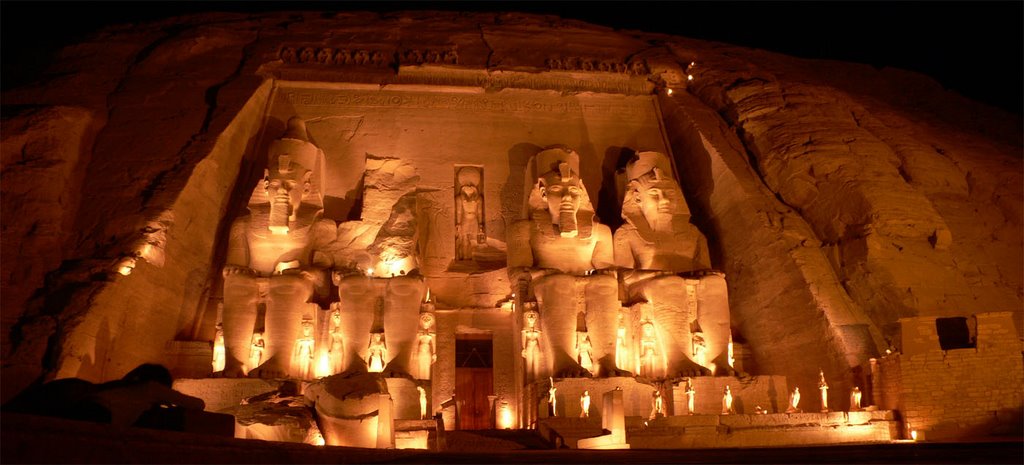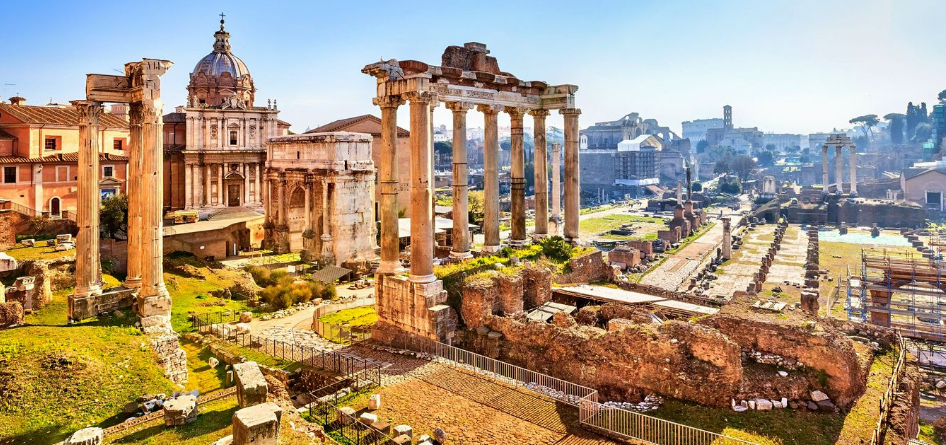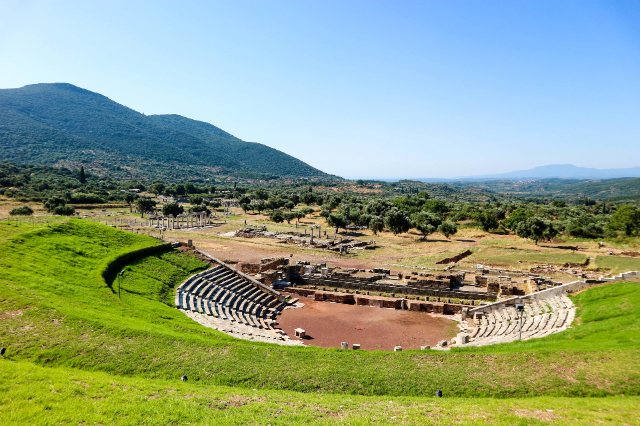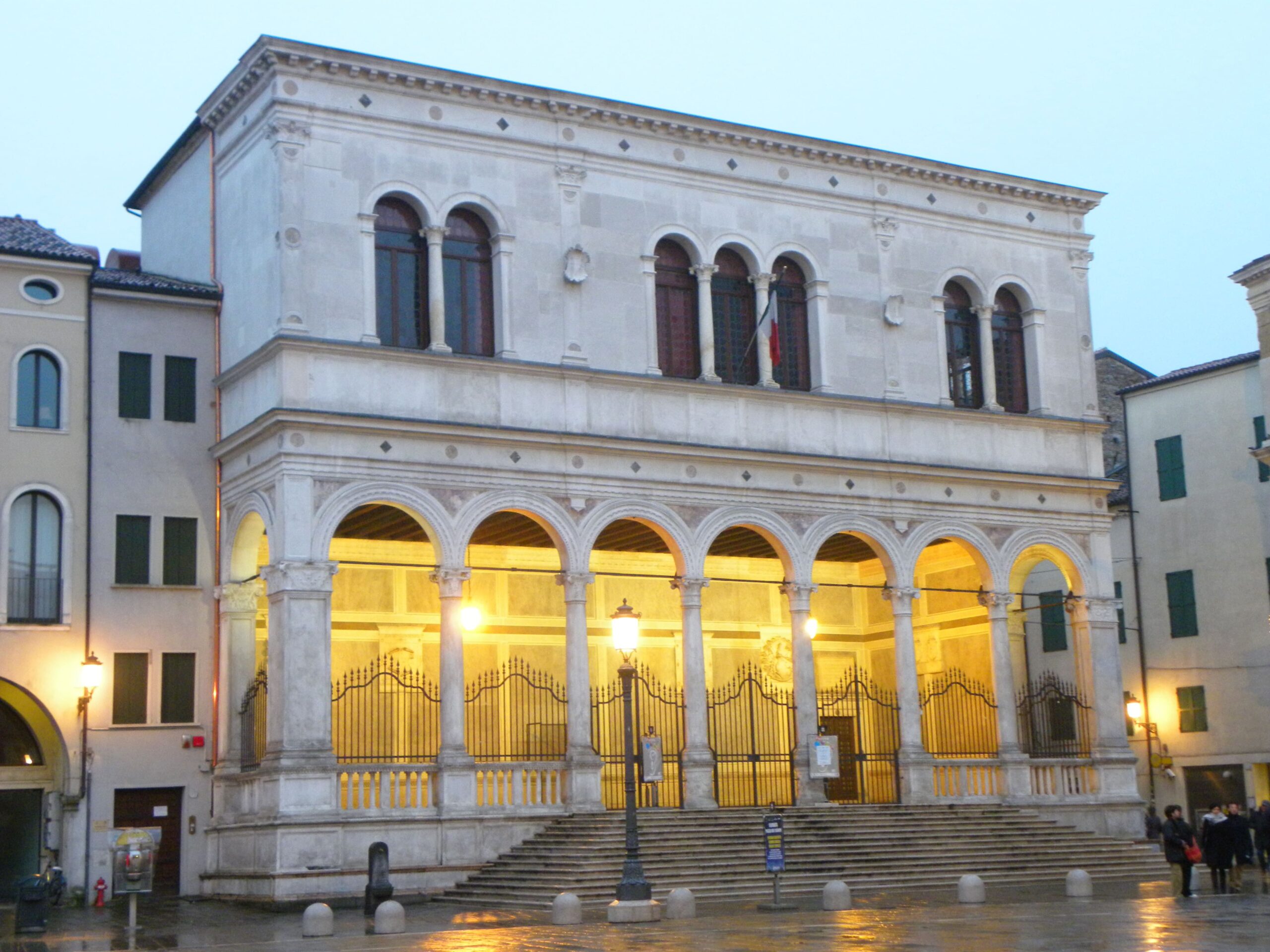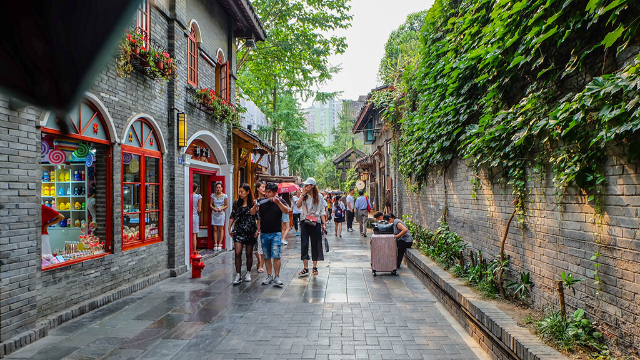The Abu Simbel temples, constructed by the Egyptian king Ramses II (reigned 1279–13 BCE), are among the most impressive monuments of ancient Egypt. These temples are now located in the Aswan governorate in southern Egypt. Historically, this region marked the southern frontier of pharaonic Egypt, directly facing Nubia.
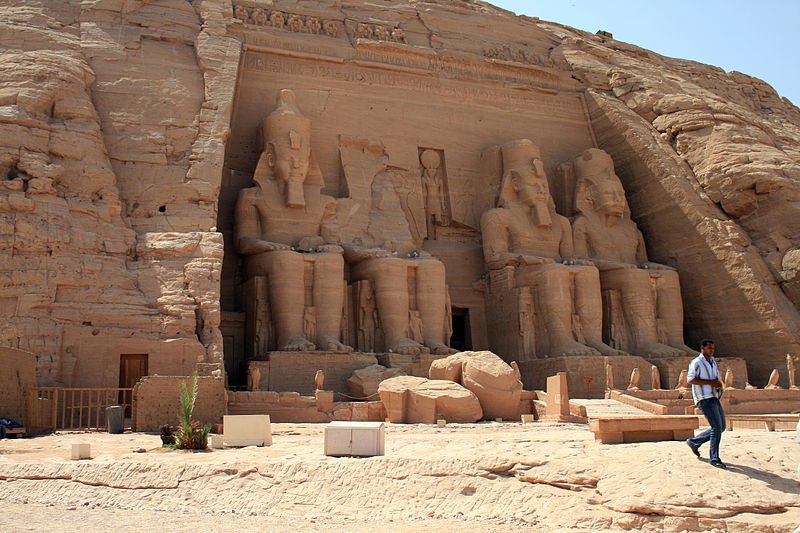
The site features two temples, with the main temple fronted by four colossal statues of Ramses II. These statues, each standing at 66 feet (20 meters) tall, are remarkable examples of ancient Egyptian artistry. They are carved directly into the cliff face, flanking the entrance to the temple in pairs, creating a grand and imposing facade.
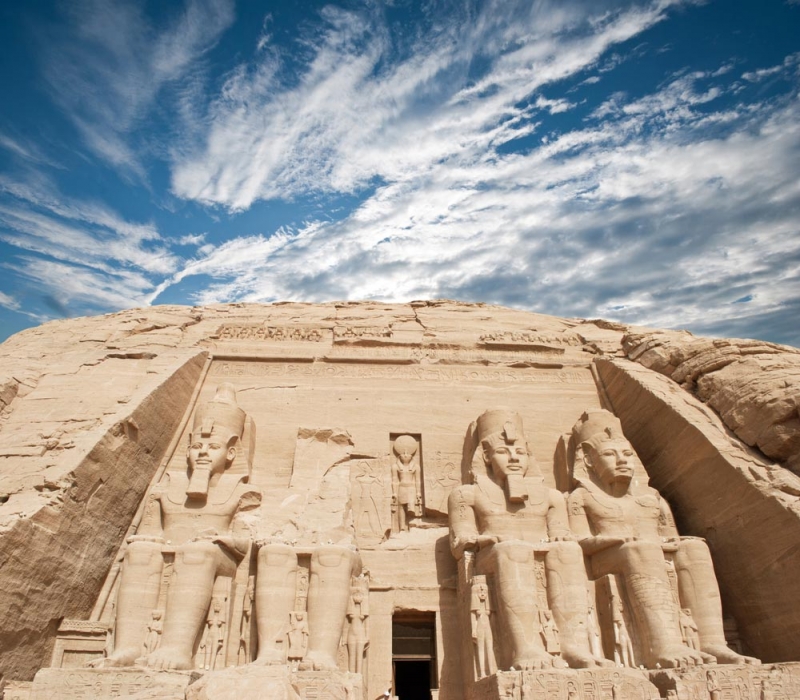
In the 1960s, the temples were at risk of submersion due to the rising waters caused by the construction of the Aswan High Dam. To preserve these invaluable historical structures, a complex engineering project was undertaken to relocate the temples to higher ground. This herculean task involved meticulously cutting the temples into large blocks and reassembling them at their new location, a feat that remains a significant achievement in modern engineering.
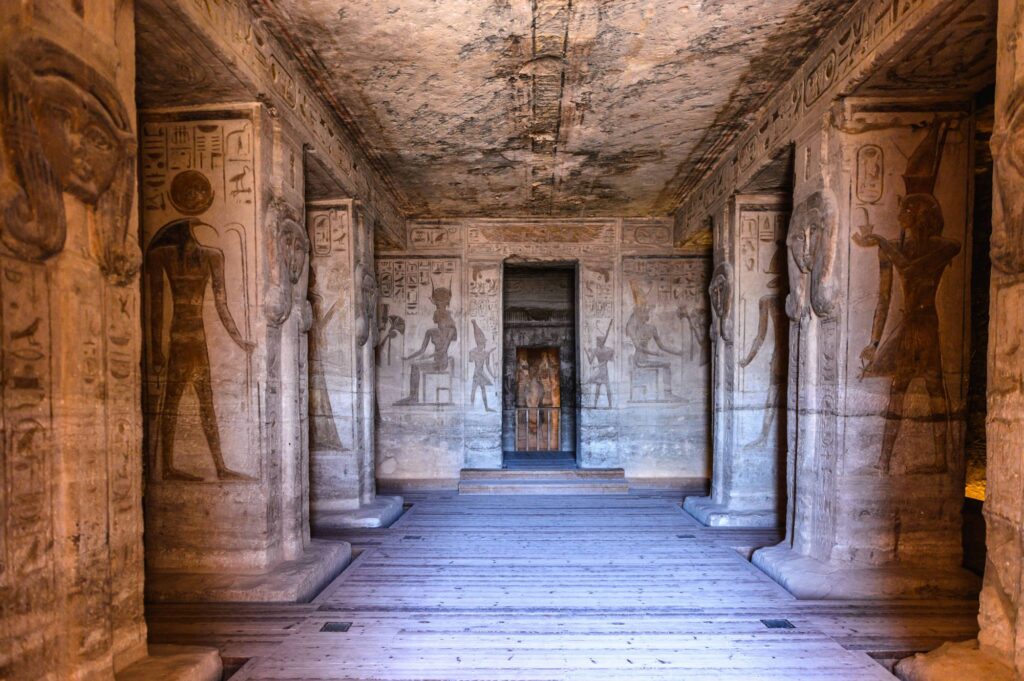
The temples were first explored in 1817 by Giovanni Battista Belzoni, an early Egyptologist whose work helped to bring the wonders of Abu Simbel to the attention of the world. The relocation project not only saved these temples from potential destruction but also underscored the global importance of preserving cultural heritage.
Today, the Abu Simbel temples stand as a testament to the architectural prowess of ancient Egypt and the modern efforts to preserve historical monuments. Visitors to the site can marvel at the grandeur of the statues and the intricate carvings that adorn the temples’ interiors, gaining a deeper appreciation for the legacy of Ramses II and the rich history of the region.
For more fascinating historical sites and cultural insights, visit Secret World. If you’re planning your next adventure and want to explore such remarkable destinations, download our comprehensive travel guide from our app here.

